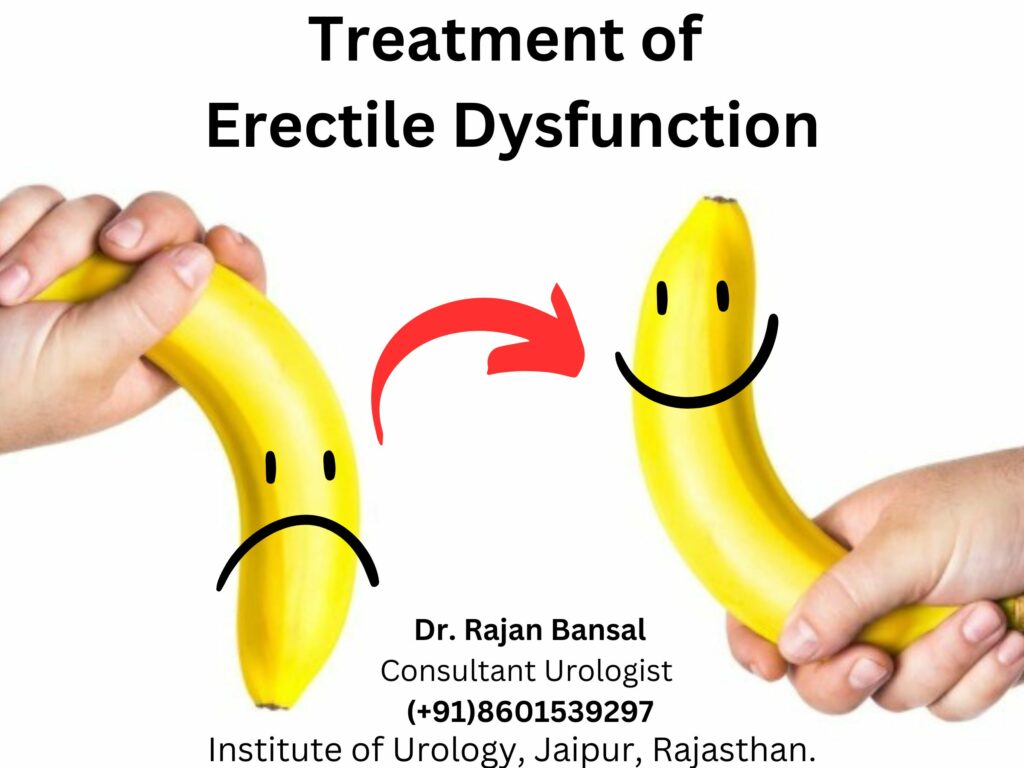
lulamcsharry85
About lulamcsharry85
The Affect of Urbanization On Local Ecosystems
Urbanization is a world phenomenon that has reworked landscapes, economies, and societies over the past century. As more individuals migrate to city areas in search of higher alternatives, the pure setting faces significant changes. This report explores the impression of urbanization on native ecosystems, highlighting both the challenges and potential options to mitigate its antagonistic effects.
Understanding Urbanization
Urbanization refers to the rising population focus in cities and city areas. This shift is driven by varied elements, together with industrialization, economic alternatives, and improved living standards. In keeping with the United Nations, over half of the world’s inhabitants now resides in urban areas, a figure that’s expected to rise to 68% by 2050. This fast urban progress poses challenges to native ecosystems, which are often disrupted or destroyed in the method.
Effects on Biodiversity
One of the most significant impacts of urbanization is the loss of biodiversity. As cities broaden, natural habitats are cleared to make way for infrastructure, housing, and business developments. This habitat destruction results in the decline of native flora and fauna, a few of which may be endemic to the area. As an example, city sprawl can fragment ecosystems, isolating species and making it difficult for them to thrive.
Along with habitat loss, urbanization introduces invasive species that can outcompete native species for resources. These invasive species usually thrive in disturbed environments, further threatening native biodiversity. The loss of biodiversity can have cascading effects on ecosystem providers, similar to pollination, water purification, and local weather regulation, that are important for human survival.
Water Assets and Quality
Urbanization considerably impacts native water resources. The increase in impervious surfaces, equivalent to roads and buildings, results in higher runoff, reducing groundwater recharge and rising the danger of flooding. Urban areas usually expertise altered hydrology, with extra intense and frequent flooding occasions. This not solely endangers human life and property but also disrupts aquatic ecosystems.

Moreover, urban runoff carries pollutants, comparable to heavy metals, oils, and chemicals, into nearby water bodies. This contamination can hurt aquatic life, disrupt meals chains, and make water unsafe for human consumption. As cities grow, the challenge of managing water quality becomes increasingly complex, requiring progressive options to guard each human health and native ecosystems.
Air Quality and Climate Change
Urbanization contributes to poor air quality, primarily resulting from increased emissions from vehicles, industrial actions, and development. Poor air high quality poses health dangers to urban populations, leading to respiratory diseases and other well being problems. Additionally, the city heat island impact, the place cities are significantly warmer than their rural surroundings, exacerbates local weather change impacts.
The rise in greenhouse fuel emissions from city areas contributes to global warming, which additional affects local ecosystems. Local weather change can alter species distributions, disrupt migration patterns, and lead to adjustments in phenology (the timing of biological events). These shifts can have profound results on local ecosystems, including the timing of flowering plants and the availability of food for pollinators and other species.
City Green Areas
Regardless of the challenges posed by urbanization, there’s rising recognition of the significance of city inexperienced areas in mitigating its effects. Parks, gardens, and inexperienced roofs can provide important habitats for wildlife, improve biodiversity, and enhance air and water quality. Urban inexperienced spaces additionally provide recreational opportunities for residents, contributing to physical and psychological properly-being.
Incorporating inexperienced infrastructure into urban planning may also help manage stormwater, reduce urban heat, and enhance total quality of life. Cities like Singapore and Melbourne have carried out innovative methods to integrate nature into urban environments, demonstrating that it is possible to stability improvement with ecological preservation.
Neighborhood Engagement and Schooling
Group engagement and training play an important position in addressing the impacts of urbanization on native ecosystems. By involving residents in conservation efforts, cities can foster a way of stewardship and accountability towards their surroundings. Instructional applications can increase awareness about the significance of biodiversity and sustainable practices, encouraging people to take motion in their own neighborhoods.
Citizen science initiatives, the place neighborhood members participate in data collection and monitoring of local ecosystems, also can empower residents and contribute priceless data to researchers and policymakers. If you have any type of questions regarding where and how you can utilize erectile dysfunction treatment Pill, you can call us at the site. These initiatives assist bridge the gap between science and the group, fostering collaboration for the benefit of native ecosystems.
Policy and Planning
Efficient policy and urban planning are important to mitigate the destructive impacts of urbanization on native ecosystems. Policymakers should prioritize sustainable growth practices that balance economic growth with environmental protection. This includes implementing zoning rules that protect natural habitats, selling sustainable transportation choices, and investing in green infrastructure.
Collaboration among government agencies, non-revenue organizations, and the private sector is essential for creating comprehensive strategies that handle the multifaceted challenges of urbanization. By adopting a holistic method that considers ecological, social, and economic factors, cities can create resilient city environments that assist each human and ecological health.
Conclusion
Urbanization presents both challenges and opportunities for native ecosystems. While the speedy growth of cities can lead to habitat loss, pollution, and biodiversity decline, there are viable methods to mitigate these impacts. By prioritizing green spaces, partaking communities, and implementing sustainable policies, city areas can work in the direction of a future where human improvement coexists harmoniously with nature. As cities continue to grow, the need for modern solutions to guard and restore local ecosystems has by no means been more essential. The well being of our city environments and the effectively-being of their inhabitants rely upon our capacity to navigate the complexities of urbanization responsibly.
No listing found.
